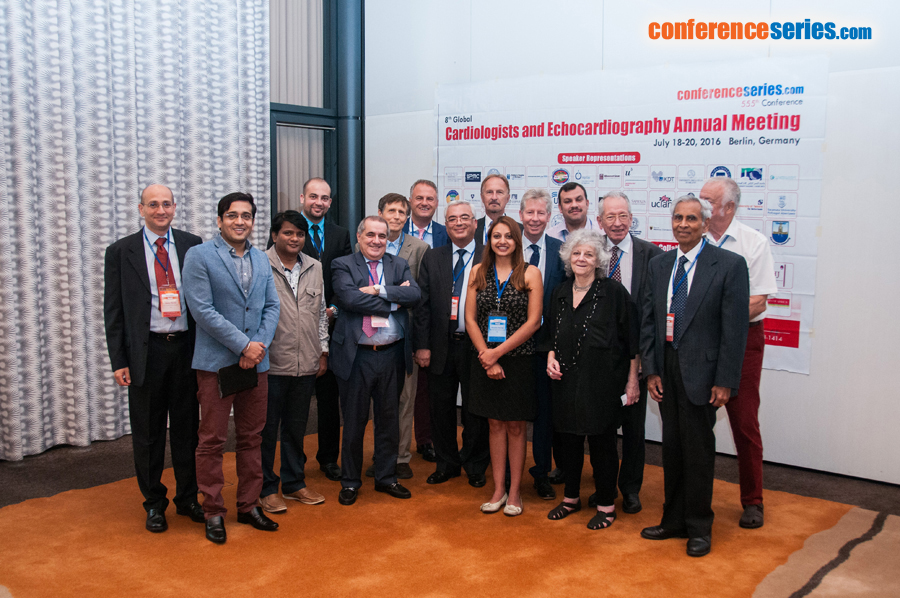
Fernando Oikawa
Brazil
Title: The behavior of cardiac necrosis biomarkers in patients without myocardial infarction after on-pump surgical revascularization. A study of cardiac magnetic resonance imaging
Biography
Biography: Fernando Oikawa
Abstract
Background: The lack of a correlation of myocardial infarction after coronary artery bypass surgery (type V MI) with electrocardiographic abnormalities is quite complex, creatingnumerous controversies, especially after the emergence of assays with high sensitivity troponin. Objective: To understand the release of myocardial necrosis biomarkers after on-pump coronary artery bypass grafting (CABG) in the absence of new delayed enhancement by gadolinium. Methods: In this prospective study, we evaluated patients with stable coronary artery disease, multivessel, left ventricular function was preserved, normal baseline cardiac biomarkers, and formal indication for elective on-pump CABG. Electrocardiograms and concentrations of high-sensitive cardiac troponin I (cTnI) and creatine kinase (CK)-MB were assessed before and after procedures. Cardiac magnetic resonance (CMR) and late gadolinium enhancement were performed before and after procedures. MI was defined as more than ten times the 99th percentile upper reference limit for cTnI and for (CK)- MB after coronary artery bypass grafting (CABG), and new late gadolinium enhancement for CMR. Result: Of the Sixty-nine patients referred for on-pump CABG, 54 patients showed no evidence of type V MI in the CMR. This group showed a male predominance with 39 (72.2%), mean age of 61.3 (± 8.3) years old and mean score of Syntax 28 (± 10). After surgery, of the 54 (100%) patients who had a cTnI peak above the 99th percentile, 52(96%) were 10 times higher than the 99th percentile. On the other hand, of the 54 (100%) patients that had a peak (CK)-MB above the 99 percentile limit, only 13 (24%) were greater than 10 times the 99th percentile. The mean peak of cTnI release was 3.15(0.12 to 50.0) ng/ml, 78.75x higher than the 99th percentile. Conclusion: In this study sample, different from that observed with (CK)-MB, troponin was excessively increased in the absence of late enhancement. Thus, (CK)-MB was more accurate than cTnI for diagnosing type V MI. These data suggest a higher troponin cutoff for the diagnosis of CABG related MI.



